Clipart tagged: ‘Inverted’

Image by Aperature
"If light from a highly luminous body is admitted to a darkened room through a small hole in the shutter…

Camera Obscura
"Camera obscura strictly signifies a darkened chamber, because the room must be darkened, in order to…

Camera Obscura
"Camera obscura strictly signifies a darkened chamber, because the room must be darkened, in order to…

Funnel with Inverted Mercury Thermometer
"Pass the tube of an air thermometer or of an inverted mercury thermometer through a cork in the neck…
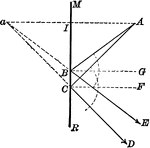
Plane Mirror
"If an object is placed before a plane mirror, a virtual image appears behind the mirror. Each point…
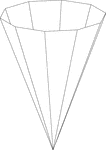
Inverted Decagonal Pyramid
Illustration of a hollow right decagonal pyramid. The base is a decagon and the faces are isosceles…
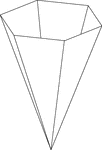
Inverted Hexagonal Pyramid
Illustration of a hollow right hexagonal pyramid. The base is a hexagon and the faces are isosceles…

Inverted Nonagonal Pyramid
Illustration of a hollow right nonagonal pyramid. The base is a nonagon and the faces are isosceles…
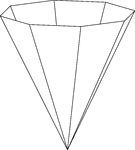
Inverted Octagonal Pyramid
Illustration of a hollow right octagonal pyramid. The base is an octagon and the faces are isosceles…

Inverted Rectangular Pyramid
Illustration of a hollow right rectangular pyramid. The base is a rectangle and the faces are isosceles…
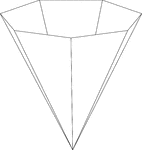
Inverted Septagonal/Heptagonal Pyramid
Illustration of a hollow right heptagonal (septagonal) pyramid. The base is a heptagon and the faces…
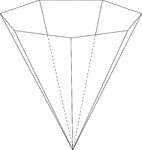
Inverted Septagonal/Heptagonal Pyramid
Illustration of a hollow right heptagonal (septagonal) pyramid. The base is a heptagon and the faces…
